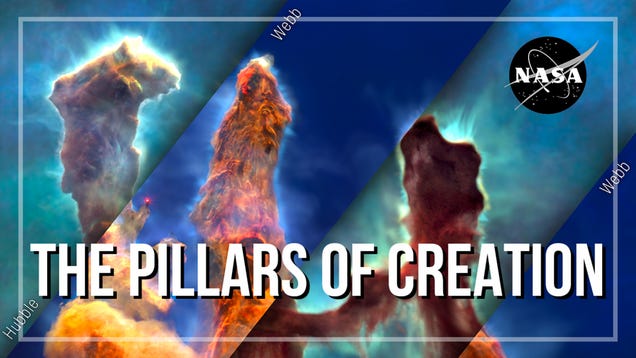
The shimmery towers of cosmic dust and gas at the heart of the Eagle Nebula have inspired awe for decades since they were first captured by the Hubble telescope.

The shimmery towers of cosmic dust and gas at the heart of the Eagle Nebula have inspired awe for decades since they were first captured by the Hubble telescope.
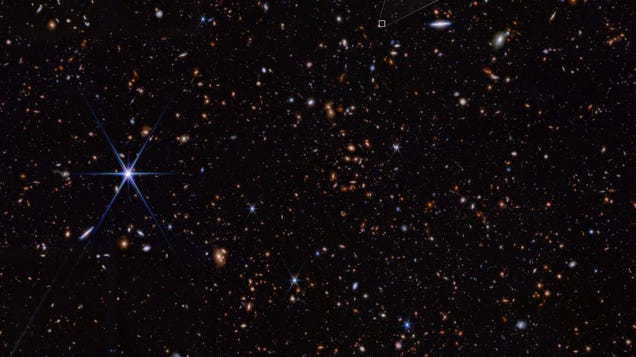
Researchers recently observed a record-breaking galaxy beaming with young stars, which existed only 290 million years after the universe came into existence, challenging our view of the Cosmic Dawn with its unexpected luminosity.
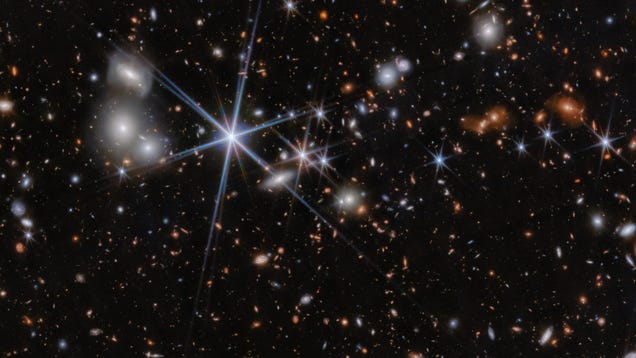
The cutting-edge Webb Space Telescope has spotted the most distant black hole merger yet, which occurred when the universe was just 740 million years old. It’s the first time astronomers have seen a merger so early in the universe’s history, making it a record breaker.
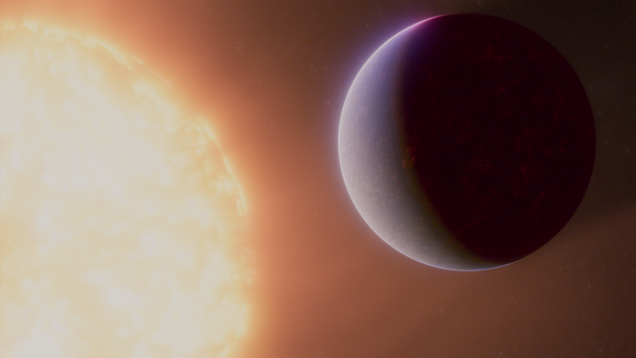
Scientists have spotted a rocky exoplanet with a possible atmosphere, which they believe may be burbling out from a magma ocean on the distant world.
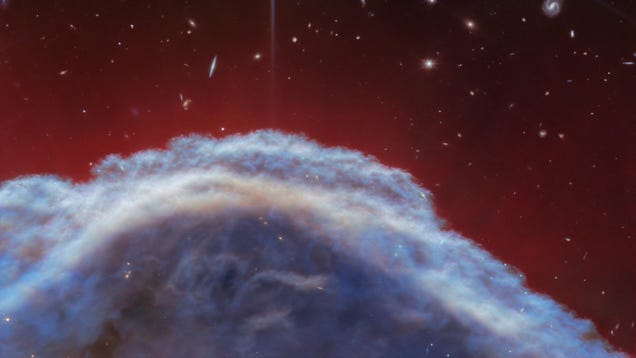
The Webb Space Telescope has given us another cosmic treat. The young observatory captured a closer look of the ethereal clouds of dust and gas that form a nearby nebula, illuminated by a companion star in the constellation Orion.

NASA’s Juno spacecraft captured new images of Jupiter’s moon Io during its latest flyby, coming within an eerily close distance of the most volcanically active world in the solar system for a second time in less than two months. The close encounter also shows what appears to be a pair of plumes erupting from the…
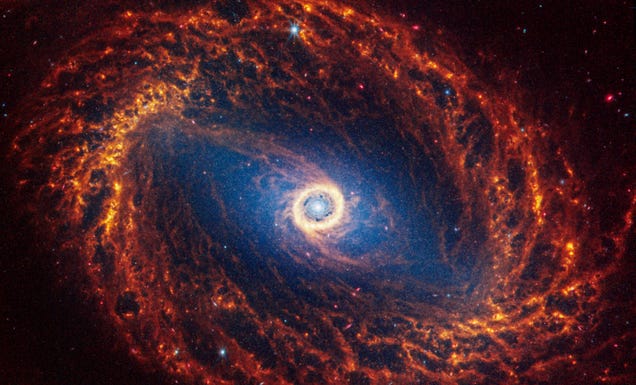
Shall I compare thee to the Webb Space Telescope’s latest image drop? Well, for starters, thou art less ancient and far less spectacular. The new collection of 19 images reveal face-on spiral galaxies, meaning they are oriented toward Webb’s perceptive gaze. The shots were taken as part of the Physics at High Angular…
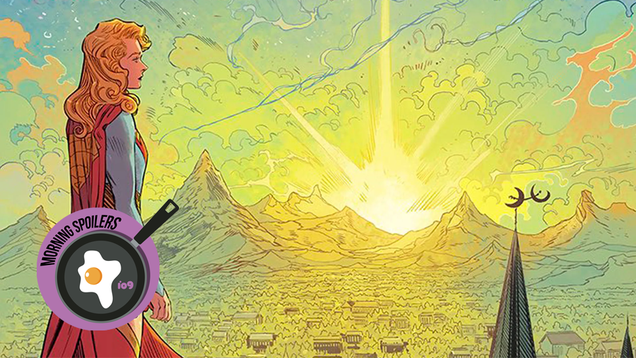
Ryan Coogler and Michael B. Jordan’s vampire movie is close to finding a home. Robert McCamon’s post-apocalyptic novelSwan Song is being turned into a TV series. Dune Part 2 gets the mandatory floating heads poster. Plus, what’s to come as La Brea enters the endgame. Spoilers now!
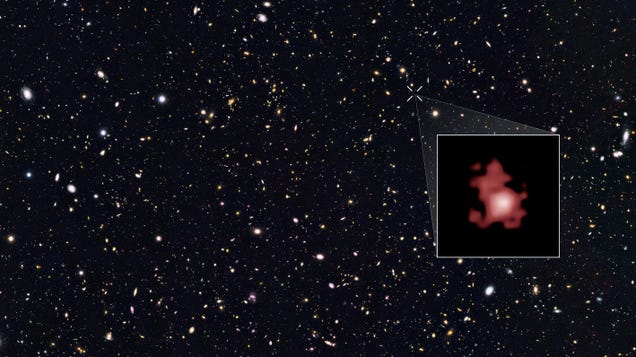
A team of researchers found a black hole from the early universe, prompting new questions as to how such ancient massive objects might form. The black hole dates to about 400 million years after the Big Bang—the start of the universe as we know it—making the object over 13 billion years old.
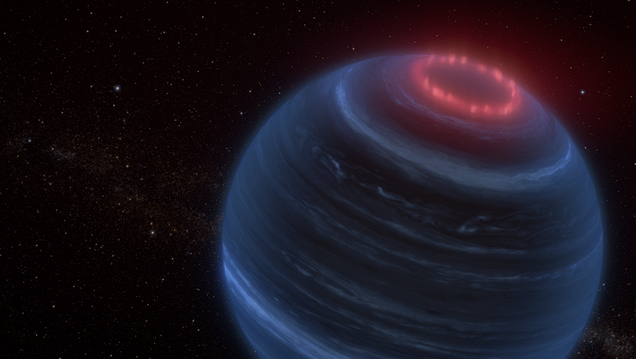
The Webb Space Telescope has spotted something weird: a brown dwarf with what appear to be aurorae, what we Earthlings sometimes call the Northern Lights. What makes the observation particularly surprising is that the brown dwarf doesn’t have a nearby star that could cause such an aurora.